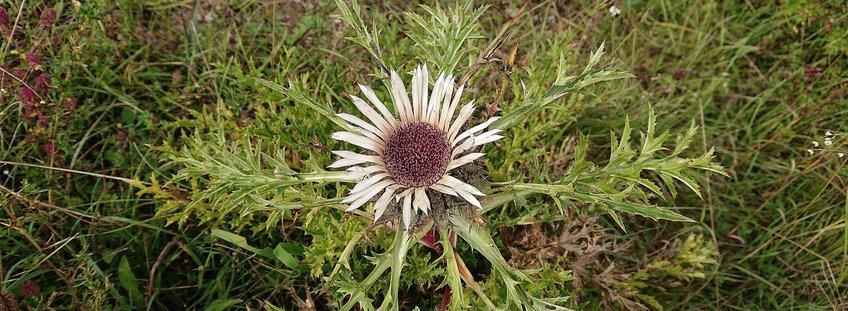
Functional Biogeography
We explore plant biodiversity and its role in the biogeochemical cycles
We study plant functional diversity and its role in biogeochemical cycles: how it is affected by climate variability and environmental change, and how it influences vegetation responses. To this end, we operate the TRY Plant Trait Database and collaborate closely with the German Centre for Integrative Biodiversity Research (iDiv). The group is jointly funded by the three departments of the Max Planck Institute for Biogeochemistry.
Team
- +49 3641 57-6210
- +49 3641 57-1003
- +49 3641 57-6226




